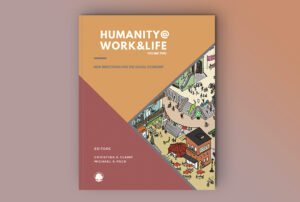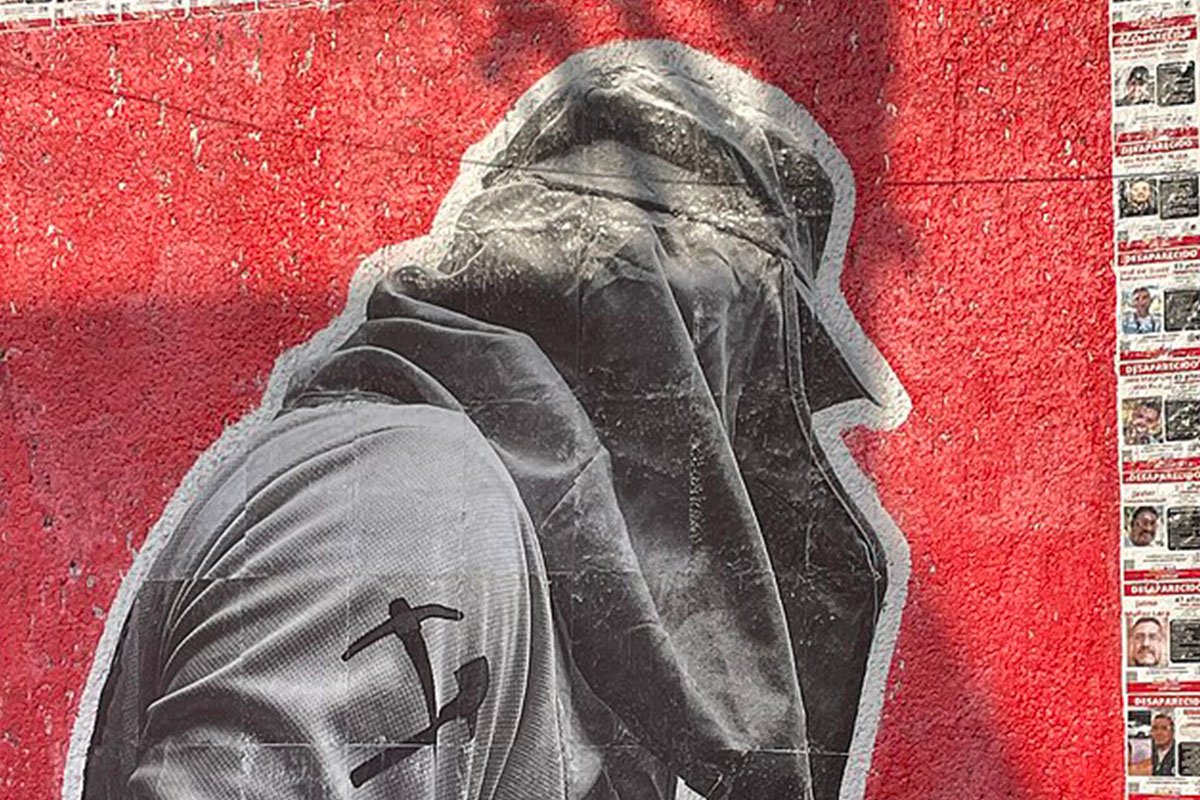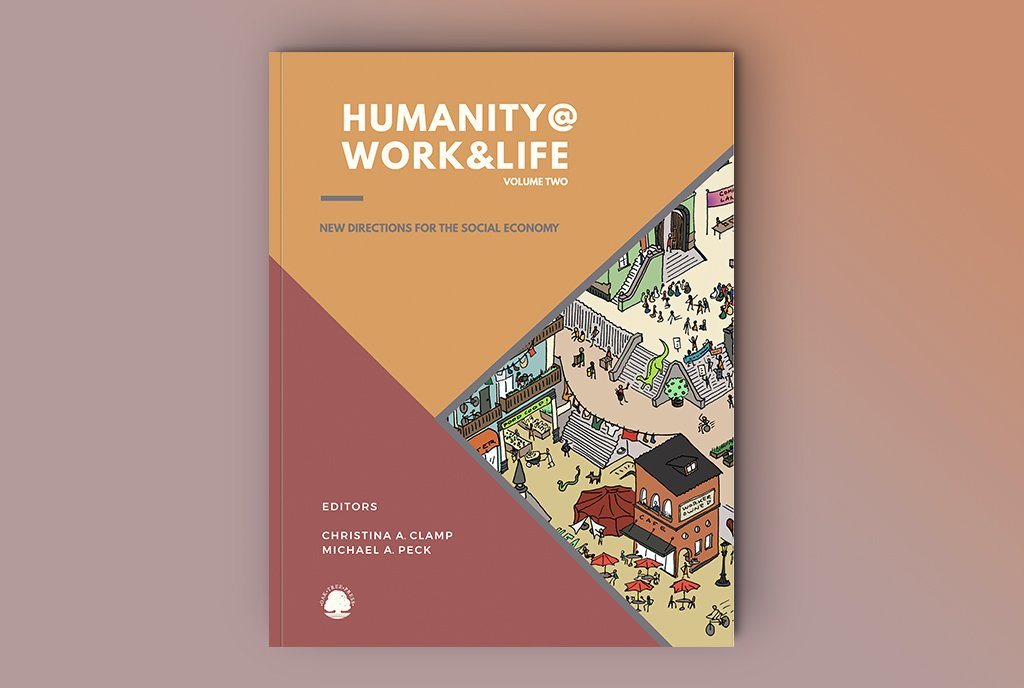
Near the end of March, President Donald Trump issued an executive order (14251) that aims to cripple federal unions. The order’s provisions, if implemented, would deny bargaining rights for government workers across a wide range of departments, including at State, Defense, Veterans Affairs, Energy, Health and Human Services, Treasury, Justice, and Homeland Security. Writing in The Guardian, award-winning labor reporter Steven Greenhouse estimates that the executive order could deny collective bargaining rights to as many as one million Americans.
This action comes on top of other anti-labor actions. Most notably, Trump administration officials have announced 280,000 layoffs of the nation’s three million federal workers, according to Challenger, Gray & Christmas, an outplacement firm. Actual layoffs to date are far lower but are climbing. The New York Times reports that 56,090 have been laid off so far (some of whom have been reinstated by court order), an estimated 75,000 workers took buyouts, and 171,080 future layoffs are projected; all told that means over 300,000 federal workers’ jobs are directly at risk.
Nonprofits fight their battles. Federal workers fight theirs. But the two struggles are really the same struggle.
Additionally, the Trump administration has removed National Labor Relations Board (NLRB) member Gwynne A. Wilcox, the first Black woman ever to serve on the board, three years before her term was set to expire. This action too has been challenged in the courts, but in the meantime the board lacks an operating quorum, impeding the agency’s ability to protect private sector worker bargaining rights.
Meanwhile, the administration’s “flood the zone” strategy keeps potential allies preoccupied with their own concerns. As readers of NPQ are well aware, nonprofits have been faced with continuous attacks—with the federal government initially freezing funding, as well as issuing a memo threatening the funding of thousands of nonprofits.
So, this is where we sit. Nonprofits fight their battles. Federal workers fight theirs. But the two struggles are really the same struggle. As a nonprofit worker who also serves as a union shop steward, I see the common elements on a regular basis.
Seeing the Connections
First, a bit of history. This is not the first time an attack on all US workers began with an attack on federal workers. The year was 1981 and a newly elected President Ronald Reagan fired 11,000 striking air traffic controllers, permanently replacing them and destroying the union to which they belonged.
As labor scholar Joe McCartin has written, Reagan’s success encouraged multiple private employers “to provoke strikes and then hire replacement workers to force unions into big concessions.” The effects were large—and involved far more than the 11,000 workers directly fired. Between 1981 and 1984 alone, the number of union members in the United States fell by 2.7 million from 20.1 million to 17.4 million. Reagan’s war on “big government,” in short, set off a chain reaction.
Both federal and nonprofit workers are mission driven. Both groups carry the expertise, drive, and experience to support the public and do good in our communities.
Targeting federal workers also carries a sinister byproduct of eroding trust in the federal government and in government services. Federal workers themselves face villainization. Moreover, dismantling public services by laying off workers harms more than just the federal sector.
When federal jobs are cut, public services disappear, and communities become more reliant on nonprofits to get basic services. Yet many nonprofits have already lost funding and are cutting their own programs and workforce to cover costs.
Sign up for our free newsletters
Subscribe to NPQ's newsletters to have our top stories delivered directly to your inbox.
By signing up, you agree to our privacy policy and terms of use, and to receive messages from NPQ and our partners.
Nonprofit workers, in fact, have always worked hand in hand with federal workers, often exchanging talent and resources among community programs and services. Both federal and nonprofit workers are mission driven. Both groups carry the expertise, drive, and experience to support the public and do good in our communities—routinely sacrificing a higher salary to pursue a better future for us all.
Often, nonprofit and federal workers are the very same people at different stages of their lives. For example, I work for an environmental nonprofit. Many of my colleagues have joined and jumped from federal agencies to nonprofits (and vice versa) as opportunities arose. It is a normal and natural connection, and one that’s now in serious peril.
An Uneasy Alliance
While alliances between federal and nonprofit workers—and between nonprofits and unions—should come naturally, the truth is that relationships have at times been difficult. Some nonprofits are eager to stand up for workers’ rights, but many use their power and influence to erode the protection of the federal government.
Advocacy groups, for example, particularly those in the progressive or social justice space, have too often been guilty of some of the worst anti-worker tactics. The American Civil Liberties Union last year joined Elon Musk’s attempt to challenge the constitutionality of the NLRB. Sierra Club’s executive director, Ben Jealous, redecorated his office and then laid off hundreds of employees. Defenders of Wildlife’s former CEO, Jamie Rappaport Clark, illegally fired a union organizer in a case that went in front of the NLRB. These scandals are just some of the struggles nonprofit workers have been through, and they will persist and worsen unless we learn to organize effectively together.
What Nonprofits and Federal Workers Can Achieve Together
Nonprofit workers who are already members of unions should add their voices to federal workers fighting to protect the services they provide. In our organizations, we must flex our organizing muscles and engage management in conversations around solidarity with federal workers. We must use the power of our collective agreements to change policies and protect jobs before a funding deficit hits.
While the terrain is more difficult, every forward step we take gives us more protection.
Let’s use the momentum from the federal sector to connect with each other, mobilize and win. This militant energy is how federal workers are already pushing back—and achieving victories such as reinstatement of their jobs—against Trump’s billionaire regime.
There was a surge in labor organizing during Trump’s first term, and today those workers are more protected because they embarked on the path of unionization, bargaining, and contract ratification. Rank and file workers across the nonprofit sector need unions that will empower them to fight for their rights and secure their future. Now, more than ever, our collective power is what will save us.
While the terrain is more difficult, every forward step we take gives us more protection. By showing up and having each other’s backs, Trump’s anti-worker agenda can be contained—and even reversed.
Solidarity, in short, matters. Nonprofit workers cannot sit idly by when federal workers are in peril; if they do, they themselves will have fewer allies when they face direct federal challenges. Specific steps that nonprofits and nonprofit workers can take include showing up at protests, giving to solidarity funds, and advocating with elected officials on behalf of federal workers. And by building those connections, nonprofits can gain new allies for their advocacy demands as well.
The bottom line is clear: We are all workers, and we are all part of a shared workforce. Together, we can build a common future that helps us all meet our common needs.











